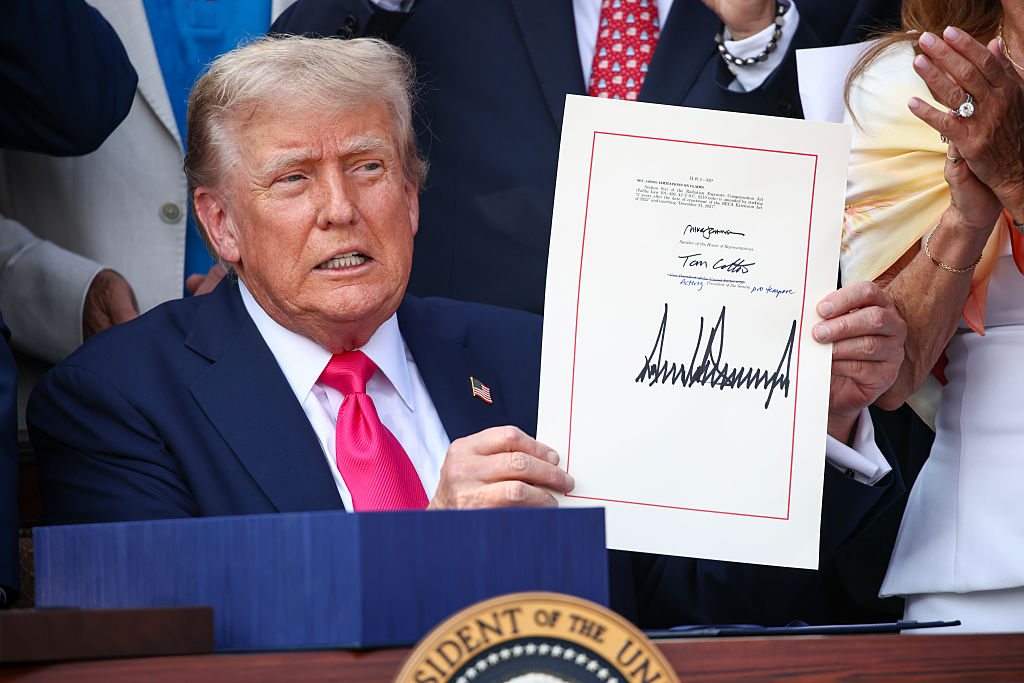Price to earnings growth (PEG) ratio
This key ratio compares the price to earnings ratio to a firm’s earnings growth rate to see whether a share is cheap or expensive.
Updated August 2019
A price/earnings-to-growth (PEG) ratio is used to try to spot shares that are undervalued relative to their growth prospects. Well-known investors Peter Lynch and Jim Slater both highlighted it in their writing as part of their stockpicking process. The ratio compares a company's price/earnings (p/e) ratio with the expected growth in its earnings per share (EPS).
To calculate it, you first find the p/e ratio, which is simply the share price divided by EPS. This gives you an idea of how much investors are currently willing to pay per £1 of historic or future earnings. You then look at how quickly earnings are expected to grow in the future (by using analysts' estimates, for example). To get the PEG ratio, you simply divide the p/e ratio by the expected annual earnings growth. Broadly speaking, a ratio below one is on the cheap side, and above one is expensive, with a PEG of one representing "fair value", according to Lynch.
Subscribe to MoneyWeek
Subscribe to MoneyWeek today and get your first six magazine issues absolutely FREE

Sign up to Money Morning
Don't miss the latest investment and personal finances news, market analysis, plus money-saving tips with our free twice-daily newsletter
Don't miss the latest investment and personal finances news, market analysis, plus money-saving tips with our free twice-daily newsletter
The PEG ratio is seen by some investors as a better way to weigh up a company's value than relying on the p/e alone, because it takes growth into account. A rapidly growing company all else being equal should trade on a higher p/e than a slow-growing one. So the PEG ratio can be a useful tool for comparing companies in similar industries. For example, one company might have a p/e of 15, but expected earnings growth of 20%, giving it a PEG ratio of 0.75 (15/20). Its rival may also have a p/e of 15, but expected earnings growth of 5%, giving it a PEG ratio of three.
As with most ratios, the PEG is only useful in certain circumstances and in combination with other forms of financial analysis. A PEG ratio won't help you much with a slow-growing (or shrinking) company and earnings forecasts must always be taken with a hefty pinch of salt. Yet as a starting point to screen for promising high-growth companies, it can be a useful tool.
Get the latest financial news, insights and expert analysis from our award-winning MoneyWeek team, to help you understand what really matters when it comes to your finances.
MoneyWeek is written by a team of experienced and award-winning journalists, plus expert columnists. As well as daily digital news and features, MoneyWeek also publishes a weekly magazine, covering investing and personal finance. From share tips, pensions, gold to practical investment tips - we provide a round-up to help you make money and keep it.
-
 Revolut launches its first stocks and shares ISA with BlackRock and Vanguard ETFs
Revolut launches its first stocks and shares ISA with BlackRock and Vanguard ETFsA year after getting its UK banking licence, Revolut is now launching its first stocks and shares ISA with a suite of exchange-traded funds (ETFs) from BlackRock and Vanguard.
-
 What does Trump’s ‘Big Beautiful Bill’ mean for the US economy?
What does Trump’s ‘Big Beautiful Bill’ mean for the US economy?Donald Trump’s budget bill will slash taxes, but is expected to add at least $3 trillion to US national debt

